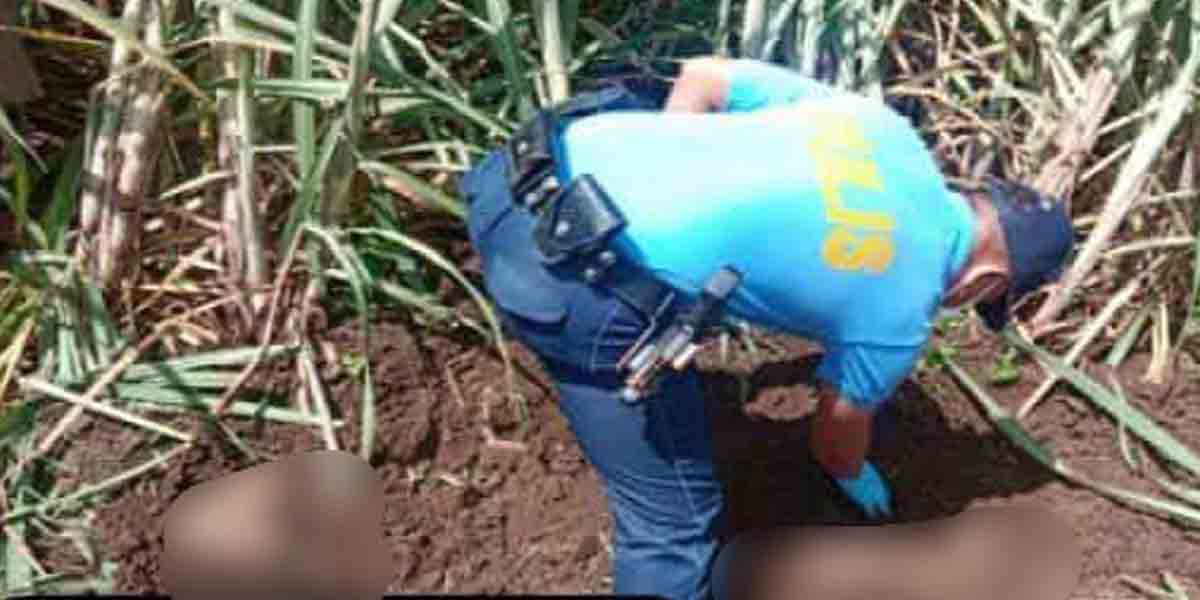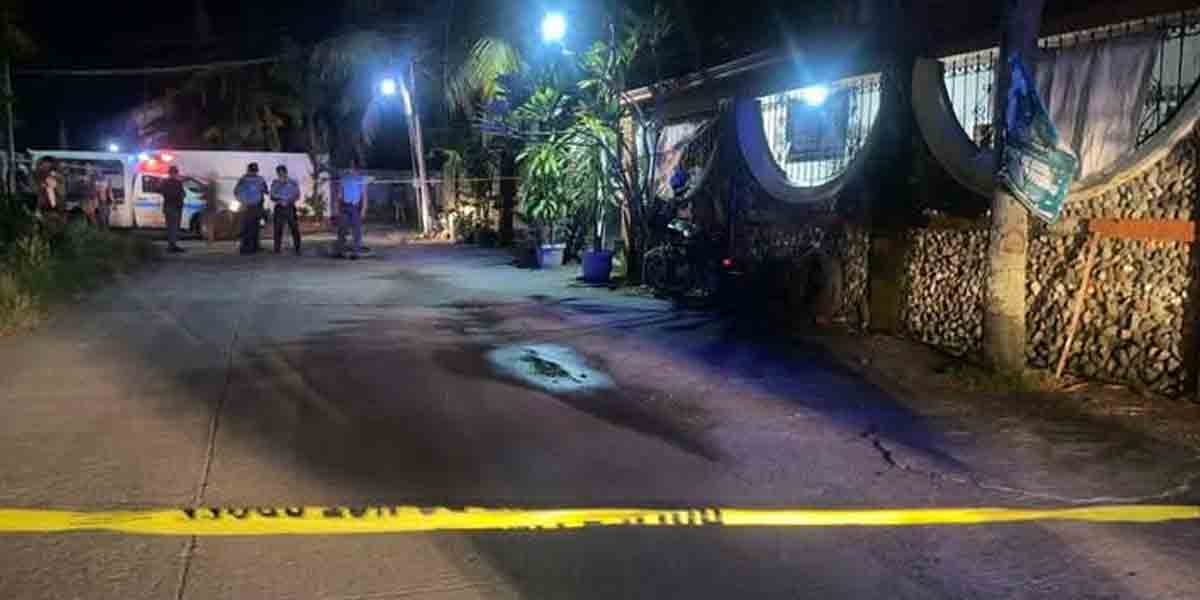By James Jimenez
It has been claimed that the Philippine National Police (PNP) deployed advanced detection technologies, including thermal and heartbeat detectors, during their raid on the Kingdom of Jesus Christ (KOJC) compound. Sadly, however, most news outlets effectively buried the science lede, instead of bringing attention to the increasingly sophisticated tools law enforcement agencies are employing to enhance the effectiveness and safety of their operations, depriving the public of the opportunity to get some much-needed insight into how modern policing is evolving.
Thermal Imaging Technology
Thermal imaging is a technique that detects the infrared radiation (heat) emitted by objects and living beings. We see this in Hollywood movies all the time: heat radiation is invisible to the naked eye but can be captured by thermal cameras, which result in a visible red blob in the general size and shape of the person hiding behind the wall. The real deal isn’t quite as sleek as the movies portray, but it’s not too far off the mark. At the very least, it allows the police to detect the presence of individuals in complete darkness, through smoke, and even behind certain barriers like thin walls or foliage. In fact, the use of this tech by law enforcement exploded into public consciousness when it was instrumental in finding the Boston bombers, eleven years ago. I had no idea our PNP already had this capability.
During the KOJC raid, the PNP claimed to have used thermal cameras to scan the compound for hidden individuals, particularly in areas where visibility was low or obstructed. The thermal detectors would have identified heat signatures from people hiding within the compound, helping officers pinpoint locations that needed further investigation.
Heartbeat Detectors
Heartbeat detection technology is another sophisticated tool that was reportedly used in the KOJC raid.
I first became aware of this tech in 2018, from an article that showcased an emerging new technique for finding people trapped under the rubble in the aftermath of an earthquake. The article spoke of an American technology company that was developing a line of remote sensing devices to aid search and rescue teams, based on advanced radar technologies developed by NASA.
In essence, the technology uses radars to detect slight physical movements – such as the rise and fall of a breathing person’s chest, or the muscular contractions of a beating heart. As it turns out, the technology involved has been refined to such a degree that it is now used in law enforcement. However, as with thermal scanners, I had no idea that our cops had access to this kind of tech.
The use of heartbeat detectors in the KOJC raid would have allowed the PNP to detect hidden individuals with reasonable accuracy. Unlike thermal imaging, which relies on heat signatures that can be masked or otherwise be obfuscated by other heat signatures, heartbeat detectors can identify people based on involuntary physical movements that are almost impossible to conceal.
This makes them an invaluable tool in situations where suspects might be hiding in confined spaces or attempting to blend in with inanimate objects.
Tech and the PNP
The use of thermal and heartbeat detectors in law enforcement operations like the KOJC raid represents a significant step up in the policing capabilities of the PNP. However, while these new capabilities do offer significant advantages in terms of officer safety and increased detection efficiency, their use does raise some concern.
The biggest concern is the potential for invasion of privacy. These detectors can “see” through walls, and in a situation where there is no immediate threat or clear justification for surveillance, its use would constitute an overreach of police power. And like any surveillance tool, heartbeat and thermal detectors could also be misused by law enforcement for purposes other than those intended. For example, they could be employed in a manner that targets specific individuals or groups based on discriminatory factors, such as the subject’s political beliefs.
Most tellingly, as we have seen in the raid on the KOJC compound, the deployment of heartbeat and thermal detectors in private spaces can have a chilling effect on civil liberties, leading people to feel that they are under constant surveillance. This could conceivably lead to a reluctance to exercise certain rights, such as the freedom of assembly or expression, out of fear that their activities are being monitored. And in worst case scenarios, it could even lead to a loss of trust in our institutions of law enforcement.
Regulation and Oversight needed
The raid on the KOJC compound is reaping a harvest of criticism for the PNP. While absolutely no one is excused from compliance with legal processes, there is some concern that the PNP was too heavy-handed in trying to serve the warrants on KOJC’s leader. That issue will have to be confronted squarely by the PNP as it is clearly dominating the headlines now.
Flying in under the radar, however, is the potential for abuse and the significant privacy concerns occasioned by the PNP’s claimed use of heartbeat and thermal detectors. More specifically, we need to ask if clear guidelines have been established to govern when and how these tools can be used, with an emphasis on protecting civil rights and ensuring accountability? Is there adequate oversight? Is there oversight at all?
Conclusion
While heartbeat and thermal detectors can significantly enhance the capabilities of law enforcement, their use must be carefully balanced against the need to protect individual rights and maintain public trust. Ethical considerations around privacy, and potential misuse are critical to ensuring that these technologies are used responsibly. Implementing robust regulations and oversight mechanisms is essential to mitigating the risks and ensuring that these tools contribute positively to public safety without compromising ethical standards.






















